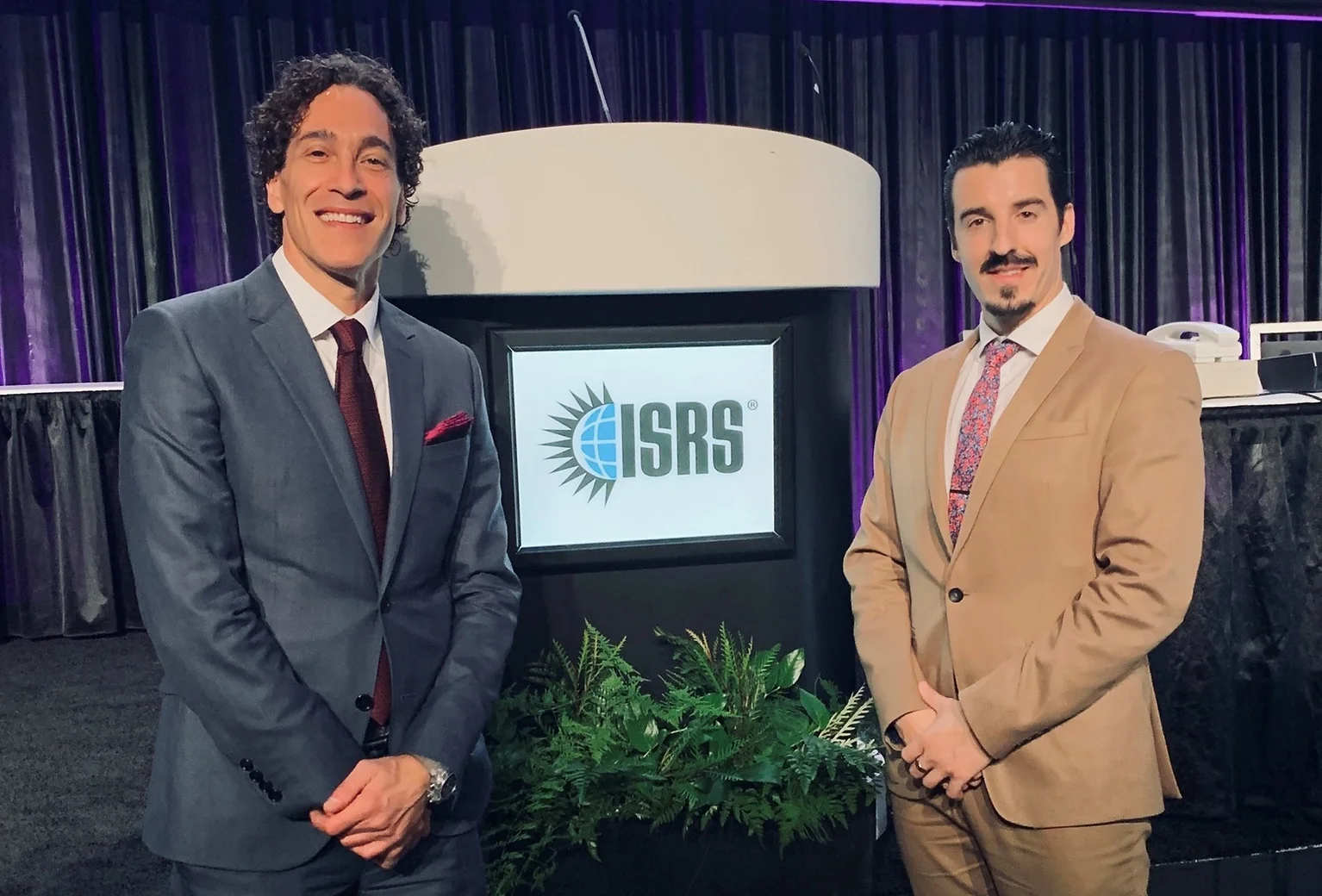Research
Expanding the Boundaries of Opthalmic Science
Exploring Key Research Areas
Explore our key research areas bellow to learn more

Topography-guided vision correction is our main research axis. Our unit has exclusive access to a corporate electronic medical records (EMR) database, with over 150,000 Contoura eyes to date. With such massive datasets, we can derive forward-looking insights that help predict potential outcomes, and understand risk factors that may lead to inferior surgical outcomes.

Our research unit has exclusive access to one of the largest Keratoconus and corneal ectasia database in the world. This allow our research fellows to conduct large-scale corneal imaging studies and explore novel diagnostic modalities. We also study corneal crosslinking outcomes in normals, keratoconus, and patients with postoperative ectasia.

Our research unit has exclusive access to some of the largest electronic refractive surgery databases, adding more than 75,000 new eye data per year, comprised of LASIK, PRK and IOL surgery. The RSRU database and EMR infrastructure allows the development of advanced surgical nomograms.
With access to our electronic medical record (EMR), investigators can now mine vast quantities of data, probing for true predictors and risk factors of complications and medical outcomes. The insights gained affect how clinicians practice medicine. As such, our research unit is at the forefront of the type of research that will improve the practice of medicine.

Our exclusive access to a high-volume corporate practice population allows us to be among the first to trial new technologies and drugs. Vendors and researchers are drawn to our volume that facilitates large-scale trials to get unbiased answers quickly.

Statistical analysis of large and complex datasets, or machine learning, serves as an essential tool to gather clinical information that can improve patient treatments and derive forward-looking insights that help predict patient outcomes. This is a novel research axis of our research unit.

Our unit is also strong in implementing scientific processes automation, and in developing software and digital tools for refractive surgery research. For example, AstigMATIC, a free standalone application for automated standardized astigmatism vector analyses in corneal and intraocular refractive surgeries was developed by our research unit.
The Refractive Surgery and Research Unit’s main mission is to contribute clinically meaningful, evidence-based findings to the field of refractive surgery. The lab aims to widely disseminate the practical knowledge it gains in order to better surgical outcomes and minimize patient risk. Under the direction of Dr. Avi Wallerstein, the lab’s primary current research is focused on topography-guided LASIK and PRK, excimer laser nomogram development, and corneal collagen crosslinking (CXL). Additional areas of work include postoperative corneal ectasia, Keratoconus diagnosis, and refractive surgery-related complications. Femtosecond laser technologies and intraocular refractive and cataract procedure outcomes using the latest intraocular lenses (IOL) are further fields of investigation. The unit’s Research Scientist, Dr. Mathieu Gauvin, brings a strong data science expertise to the lab, including data processing, machine learning, pattern recognition, scientific processes automation, and development of software and digital tools for refractive surgery research, and clinical use. Statistical analysis of large and complex datasets serves as an essential tool to gather clinical information that can improve patient treatments and derive forward-looking insights that help predict patient outcomes. The lab has exclusive access to some of the largest electronic refractive surgery databases, adding more than 75,000 new eye data per year, comprised of LASIK, PRK and IOL surgery. The RSRU database and EMR infrastructure allows the development of advanced surgical nomograms, well controlled prospective clinical trials, and the ability to publish some of the largest and most extensive retrospective clinical research studies in the field. The interdisciplinary research unit is highly collaborative, involving local and international medical students, residents, and postdoctoral fellows in a wide variety of clinical and data-intensive research projects. The lab also has strong collaborative ties with various world experts and prominent eye surgeons in their field.
Together We Push Boundaries
Meet the Team
Behind the Science
Behind every discovery is a team of hard working individuals committed to advancing the field of ophthalmology. Our experts bring together diverse backgrounds and specialties, uniting their knowledge and skills to tackle the most pressing challenges in vision science. Get to know the people whose passion and expertise fuel our mission to improve sight worldwide.

Insights and Innovations in Opthalmology
Explore Our Research Contributions
Discover our Publications
Our research publications showcase the rigorous studies and clinical trials conducted by our team. Through peer-reviewed articles, we share findings that contribute to the global knowledge of ophthalmology, advancing patient care and shaping future practices.
Commentary
Our expert commentaries provide unique insights and in-depth analysis on current trends in ophthalmology. By sharing perspectives on the latest advancements, we aim to foster meaningful discussions and enhance understanding within the field.
Software
Our custom-developed software tools are designed to support and advance ophthalmic research. By automating complex analyses and enhancing precision, these tools play a critical role in refining procedures and improving outcomes in vision science.

